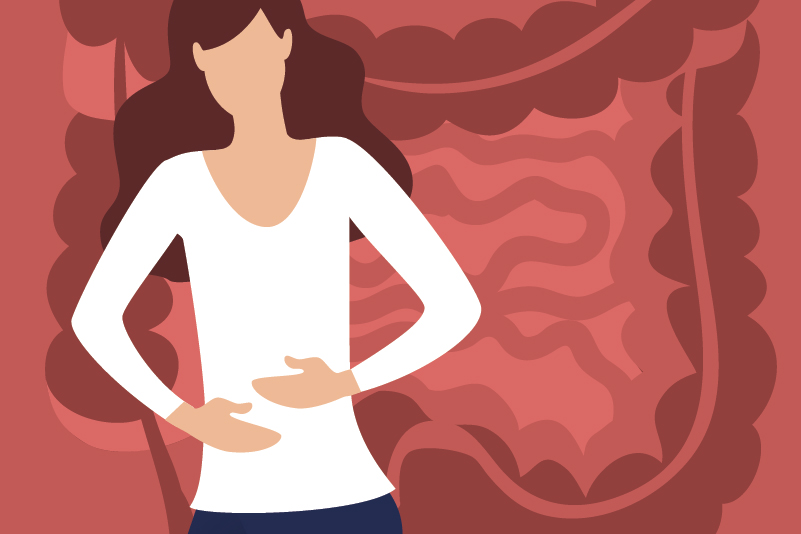#213 Smell This: Isopropyl alcohol for nausea/vomiting in the emergency department

Reading Tools for Practice Article can earn you MainPro+ Credits
Join NowAlready a CFPCLearn Member? Log in
- 122 non-pregnant adults with mild-moderate nausea/vomiting (majority infectious gastroenteritis), randomized (with matching placebos) to inhaled isopropyl alcohol, ondansetron, or both.1
- At 30 minutes, statistically significant reduction in nausea score: From a baseline of ~50 on a 100-point scale, nausea decreased to 40 with ondansetron versus 20 with inhaled isopropyl alcohol.
- Other outcomes:
- Patient satisfaction scores on 100-point scale (lower score=more satisfied): ~20 for inhaled isopropyl alcohol versus 44 for ondansetron.
- Trend to fewer rescue antiemetics with inhaled isopropyl alcohol (~26% versus 45%). If real, Number Needed to Treat (NNT)=6.
- No difference: ED length of stay, vomiting rates.
- There were no adverse effects.
- Limitations: Possible selection bias, single centre military hospital, up to 60% of patients on inhaled isopropyl alcohol able to identify their treatment group.
- 84 patients randomized to inhaled isopropyl alcohol or saline-soaked pads (placebo). Baseline nausea score=6/10. At 10 minutes:2
- Lower median nausea score: 6 (placebo) versus 3, statistically different.
- Improved patient satisfaction (out of 5, higher more satisfied): 2 (placebo) versus 4.
- No difference in number receiving antiemetic or serious adverse effects.
- Patients inhaled deeply as frequently as required to achieve nausea relief from commercially available isopropyl alcohol pad held 1-2 cm below nares.1
- Recent systematic review found no evidence to support any one pharmacologic treatment over another in ED for nausea.3
- Ondansetron costs ~$4 per tablet.4
- Systematic review of four RCTs (215 patients)5 of inhaled isopropyl alcohol for post-operative nausea found fewer patients required rescue antiemetics versus standard therapy (26% versus 39% placebo), NNT=8. Other outcomes inconsistent and adverse effects not reported.







 Complete Activity
Complete Activity
Cheap effective rx